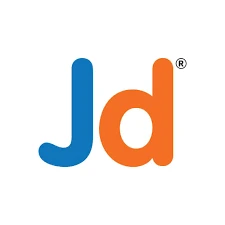Finance analytics case studies
exemplify how data-driven approaches are utilized to address significant
financial challenges and opportunities. For instance, a case study might
explore how a financial institution employs predictive modeling and machine learning
algorithms to forecast stock prices accurately. By analyzing historical market
data, economic indicators, and company performance metrics, analysts can
predict future stock movements, enabling informed investment decisions and
portfolio optimization.
Another compelling case study
could focus on risk management within banking sectors. Here, analytics are used
to assess credit risk by analyzing borrower data, economic conditions, and
historical repayment patterns. Through sophisticated modeling techniques and
scenario analysis, financial institutions can evaluate the likelihood of
default and adjust lending practices to mitigate risks effectively.
Furthermore, finance analytics
case studies often delve into strategic financial planning. For example, a
company might analyze its financial statements and market trends to optimize
capital allocation and budgeting. By leveraging data visualization tools, such
as dashboards and interactive reports, finance professionals can visualize key
performance indicators and communicate insights to stakeholders, facilitating
strategic decision-making and driving business growth.
Overall, finance analytics case
studies illustrate the transformative impact of data analytics in enhancing
financial decision-making processes, managing risks, and maximizing
profitability in diverse sectors of the economy. These studies showcase the practical
application of analytical techniques to solve complex financial problems and
achieve sustainable business outcomes.
Finance analytics case studies
cover a wide range of topics that illustrate how data analytics techniques can
be applied to solve real-world financial challenges. Some common topics
include:
- Investment Analysis and Portfolio
Management:
- Using predictive modeling to
forecast stock prices and optimize investment portfolios.
- Asset allocation strategies based
on risk-return profiles and market conditions.
- Evaluating the performance of
investment strategies using historical data and benchmarks.
- Risk Management and Credit
Scoring:
- Credit risk assessment using
statistical models and machine learning algorithms.
- Stress testing and scenario
analysis to evaluate the impact of economic downturns or market volatility on
financial institutions.
- Fraud detection and prevention in
financial transactions using anomaly detection techniques.
- Financial Forecasting and
Budgeting:
- Forecasting financial metrics such
as revenue, expenses, and profitability using time series analysis.
- Budget optimization and resource
allocation based on financial projections and business priorities.
- Scenario planning to simulate
different financial scenarios and assess their impact on business outcomes.
- Financial Reporting and
Performance Analysis:
- Analyzing financial statements
(balance sheet, income statement, cash flow statement) to evaluate financial
health and performance.
- Key performance indicator (KPI)
analysis to monitor and measure financial performance against benchmarks and
targets.
- Visualization of financial data
using dashboards and reports to facilitate decision-making and strategic
planning.
- Market Analysis and Economic
Trends:
- Analyzing market trends, industry
dynamics, and economic indicators to identify investment opportunities and
risks.
- Competitive analysis and
benchmarking to understand market position and inform market strategy.
- Predicting market trends and
consumer behavior using data-driven insights and market research data.
- Corporate Finance and Valuation:
- Valuation techniques such as
discounted cash flow (DCF) analysis and comparable company analysis.
- Mergers and acquisitions (M&A)
analysis, including financial due diligence and synergy assessment.
- Capital budgeting decisions based
on financial modeling and return on investment (ROI) analysis.
These topics illustrate the
breadth and depth of finance analytics case studies, showcasing how data
analytics can be leveraged to drive strategic decision-making, manage risks,
optimize financial performance, and achieve business objectives in various sectors
and industries. Each case study typically involves applying analytical tools
and techniques to analyze large datasets, derive actionable insights, and
communicate findings effectively to stakeholders.











 4.8 (21,636) reviews
4.8 (21,636) reviews


 Read more
Read more 
